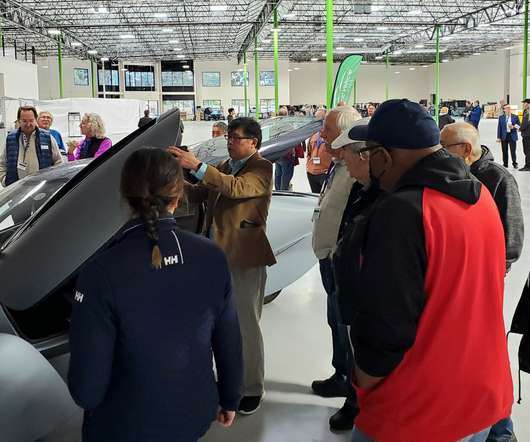What You Might Not Know About Connected Autonomous Vehicles
Cars That Think
JANUARY 4, 2024
Critical considerations pertinent to connected autonomous vehicles, such as ethics, liability, privacy, and cybersecurity, do not share the same spotlight as the CAVs’ benefits. The Human vs. Digital Driver webinar covers those and similar homologation issues. In the Behind the Wheel: Who Is Driving the Driverless Car?












Let's personalize your content